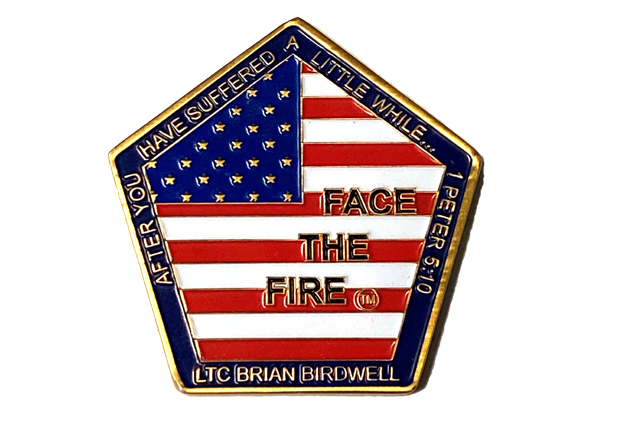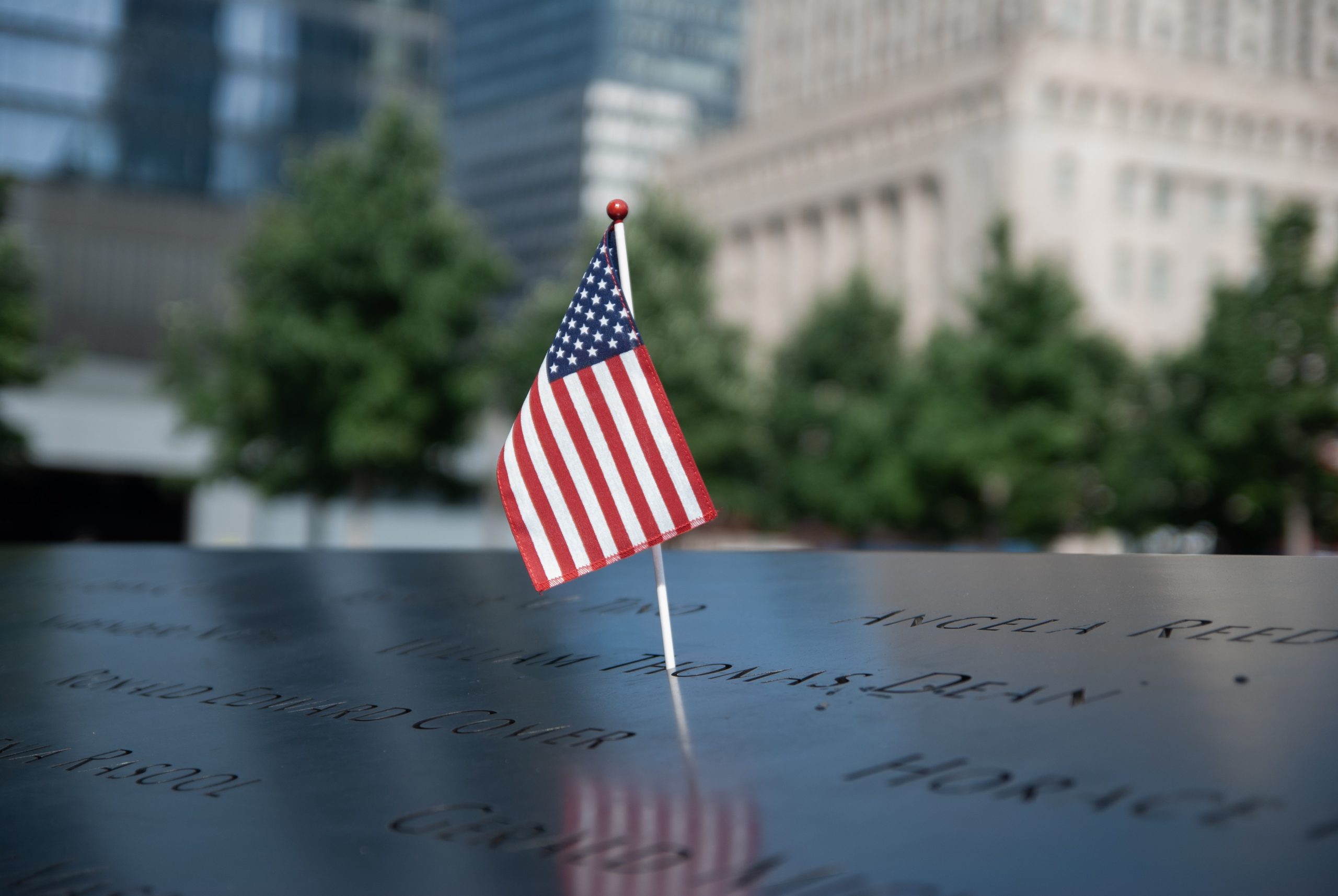
At Southwestern Medical Foundation, we recognize that progress blooms alongside the nurturing actions of those who are inspired to serve. With time and investment, a community that connects and collaborates to solve problems has the power to build and re-build again. One of the greatest challenges of our generation ignited the American spirit in all of us, and the heroes of 9/11 and their actions will live on forever.
We witness, encourage, and support the service of today’s health care heroes in action, as they innovate solutions for our most pressing medical challenges, and we remember – always – the sacrifices made by so many when our world was forever changed on September 11, 2001.
20 years later, we reflect on the selfless and heroic acts of service carried out by leaders to keep moving our country forward in a time of need.
Answering the Call: Everyday Heroes of 9/11
Ellen Heck, microbiologist and MBA, was commuting to UT Southwestern Medical Center when she heard an announcement on the radio: a plane had crashed into the World Trade Center in New York City. By the time she arrived at work, the second plane had hit the World Trade Center.
Ms. Heck, then Director of UT Southwestern’s Transplant Services Center, instinctively called the Director at Cornell University Hospital to see if they needed skin grafts. When Ms. Heck got in touch with her, she found out there were no survivors.
Shortly after Ms. Heck got off the phone, another plane crashed into the Pentagon in Washington, D.C. Dr. Marion Jordan, chief surgeon at Washington Burn Center at Washington Hospital, quickly reached out to the Transplant Services Center, asking how much skin could be sent for their many burn victims.
Typically, when a patient is burned, fluid resuscitation is required first to get them stabilized, and surgery is not performed for about three days. However, with such a high volume of severe burns, Dr. Jordan knew he couldn’t wait three days for all the patients needing surgery; some he would need to schedule sooner.
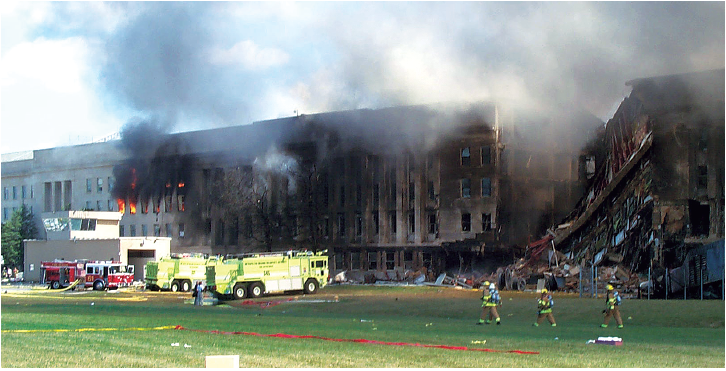
Ms. Heck determined that 70 square feet of skin was available in the tissue bank, and the Transplant Services Center began calling airlines to arrange for tissue to be flown to Washington D.C. But all air traffic had been grounded. They tried calling the Naval base in nearby Grand Prairie, Texas as a last resort, but they too were grounded.
Ms. Heck and her team realized there was only one way to transport the skin: to drive it.
“From that moment on, we really didn’t have time to think about anything but what we were trying to do. We were so consumed with it, because we were looking for a way to get that skin up there and had no idea that it was not going to be possible any way besides driving it,” Ms. Heck recalls.
Without hesitation, UT Southwestern transplant technicians Mathew Harris and Eddy Perryman volunteered to drive 1,300 miles nonstop to deliver the skin, which was loaded into a vehicle in large Styrofoam boxes and preserved in dry ice.
The young men left the Transplant Services Center around 4:00 p.m. that day and drove all night—for 14 hours straight. But they weren’t the only ones who experienced a sleepless night. Ms. Heck called them frequently throughout their journey to check on them and make sure everything was going smoothly.
They arrived in Washington at 6:00 a.m on September 12, and Dr. Jordan started surgeries immediately.
Everybody pitched in and we got it done. It wasn’t a matter of ‘That’s not my job.’ Everybody was willing to focus on getting that done, and it happened.
Ellen Heck, MBA
In a League of Its Own
UT Southwestern’s Transplant Services Center had the first civilian skin tissue bank in the country; the only other skin bank in the United States was originally managed by the Navy. Through consistent investments of time, talent, and treasure, UT Southwestern was positioned to rise to the occasion during a time when our nation needed it most. The prominence of the burn center at Parkland Hospital was, in large part, the reason UT Southwestern was able to respond to burn patients from the Pentagon in 2001.
Ms. Heck was working at Presbyterian Hospital in Dallas when Dr. Charles Baxter, a world-renowned surgeon for burns, recruited her as a microbiologist for the burn unit at Parkland Hospital. She came to work for him in 1969, and in 1972, he proposed a plan.
Dr. Baxter came down to my research lab one day and said, ‘We’re going to start a skin bank. I can save more burn patients if we have a skin bank.’
Ellen Heck, MBA
The first step to establishing the bank was to source donations of skin. Despite not having prior experience with the type of work this required, Ms. Heck was determined and empowered by Dr. Baxter.
“Dr. Baxter handed me equipment and a phone and said, ‘We’re going to do this.’ He never thought anything was impossible, if it was good for patients,” Ms. Heck said.
Ms. Heck began reaching out to locals with family members who had recently passed away, sharing more about the impact a skin bank could have in saving lives, and asking if they would be willing to donate. The first two people she called were women whose husbands had passed away, and both agreed to make donations of skin. The selflessness of the two widows set the tone for the tissue bank’s success.
When agreeing to offer the donations from their late husbands, both had said “I think that’s what he would have wanted.” Those words are what inspired Ms. Heck to continue moving forward instead of giving up. “It was very moving and really was the foundation for the bank,” said Ms. Heck. “It crystallized the fact that people do want to help each other, even in their own times of crisis.”
She connected with 100 community members, 70 of whom made a donation within the first year. From there, the skin tissue bank Ms. Heck and Dr. Baxter started in 1972 continued to grow, and the Transplant Services Center at UT Southwestern grew at an impressive rate as well—both in size and prestige.
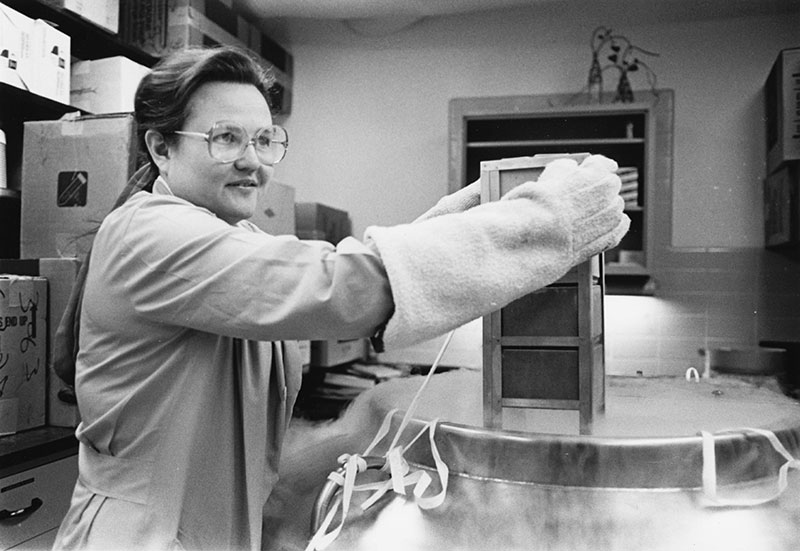
Building out a robust skin bank proved invaluable to the community. In the 1970s, there were high numbers of burn victims due to space heaters, and having this resource allowed Parkland Hospital to treat more patients effectively.
Trusted relationships throughout the medical system in the Dallas Fort-Worth area enabled Ms. Heck to continue expanding the skin bank at UT Southwestern’s Transplant Services Center and it eventually became a multi-tissue bank. She worked with Dr. Charles Petty, the chief medical examiner at the time, to fill a backlog for individuals waiting for corneal transplants. Later, an orthopedic surgeon reached out to see if the team could set up a bone bank for his patients. One “yes” after another, Ms. Heck and her team continued meeting the needs of physicians to provide for their patients throughout North Texas with vital care and resources that were lacking.
Today, UT Southwestern’s Transplant Services Center continues providing tissue to hospitals in the North Texas area, and as supply permits, across the United States and globe.
An Enduring Impact
When former President George W. Bush delivered his remarks at the National Day of Prayer and Remembrance Service on September 14, 2001, he spoke of how, despite the horrific tragedy at hand, we witnessed “our national character in eloquent acts of sacrifice.” He distinctly called out “a group of men [who] drove through the night from Dallas to Washington to bring skin grafts for burned victims,” referring to UT Southwestern’s Transplant Services team.
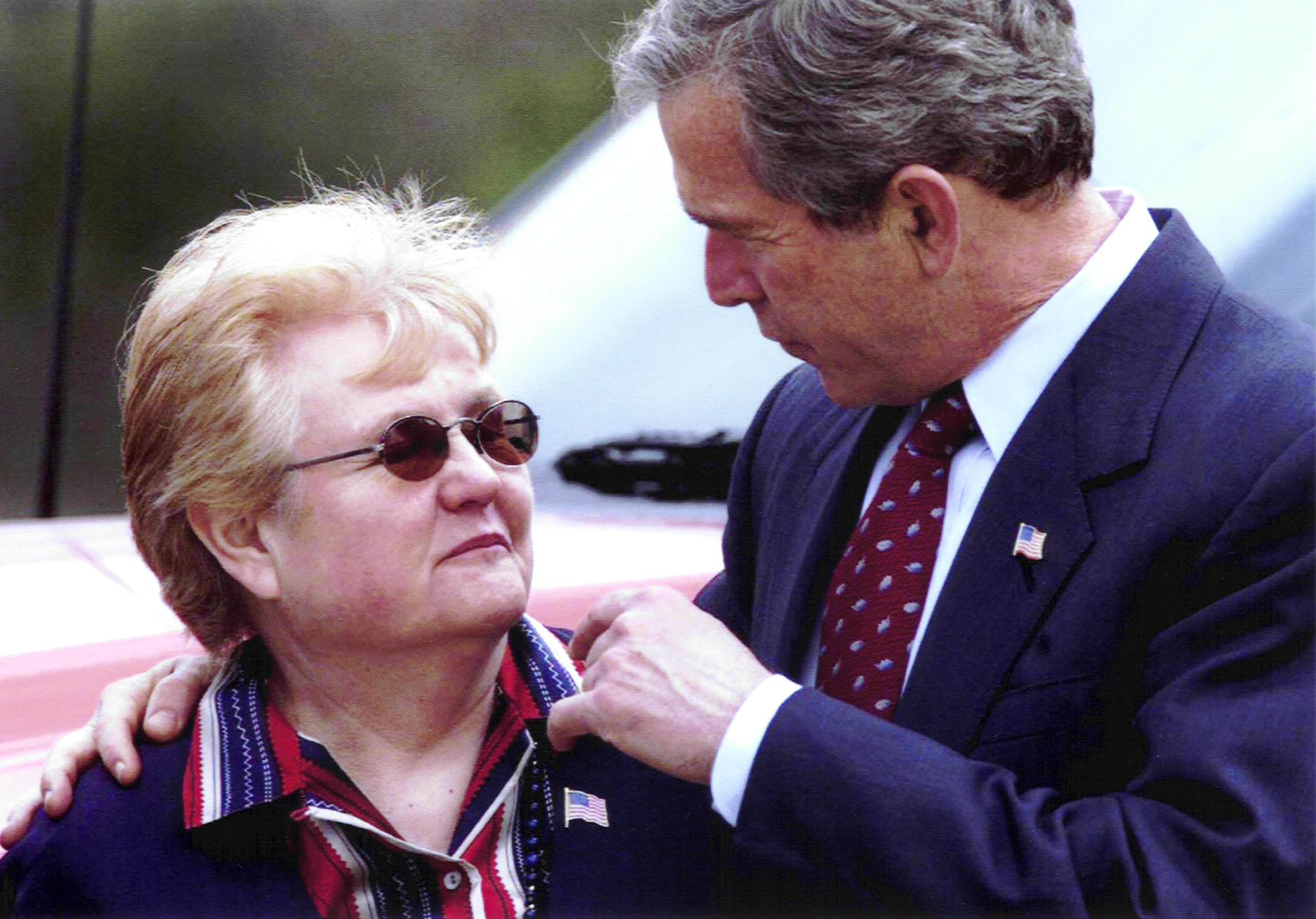
Ms. Heck and her team fondly refer to the speech as their “15 minutes of fame.” But the lasting impact of their actions on September 11 persists today in profound ways.
One of the burn victims who received a great gift from the skin supply sent by UT Southwestern was Brian Birdwell, a Lieutenant Colonel in the U.S. Army. On the morning of the attack, he had stepped out of a men’s room on the second floor of the Pentagon when the explosion happened. The next thing he knew, he was on fire.
Lt. Col. Birdwell was rushed to Georgetown University Hospital and then to Washington Hospital Center’s regional burn unit, where he spent the next three months. He underwent 30 surgeries including skin grafts to repair the third-degree burns that covered 60 percent of his body – skin grafts made possible by UT Southwestern.
In 2010, Lt. Col. Birdwell was elected to the Texas Senate, where he continues to serve today.
Recognizing Heroes of 9/11
As a Texan himself, the fact that his skin transplant came from Dallas was very special to Senator Birdwell. His brother and aunt got in touch with the Transplant Services team to thank them and invite them to visit his home in Fort Worth, where he presented a tribute in challenge coins. In the armed forces, challenge coins are given in recognition of tremendous accomplishments, which this team certainly represented. Pictured on the left is the challenge coin that Ms. Heck received and still has today.
Senator Birdwell remains grateful for the care made possible by the team at UT Southwestern, giving generously in response. He also returned to give a moving speech to health care professionals in the community specializing in donation and transplantation services.
A Ripple Effect
Ms. Heck’s commitment to service continues to inspire us all. Hers is an enduring story of rising to each challenge by putting the needs of others first.
The wish to serve and the determination to save lives has driven Ellen Heck and her team at UT Southwestern Transplant Services toward ever greater impact. A team who has created a leading skin bank in support of burn patients, eye bank in support of those in need of corneal transplant, and bone bank for those needing tissue in orthopedics has no doubt had a monumental impact through the many lives saved, healed, and improved. As I reflect on the remarkable legacy of Ellen Heck, I am reminded of the difference that one person makes and how much one deeply determined person can do for good.
Kathleen M. Gibson, President & CEO of Southwestern Medical Foundation
We remember and celebrate Ms. Heck’s heroism on that fateful day along with all of the heroes of 9/11. Her story of resilience remains in the hearts of many and represents a cornerstone of patriotism in our nation. We proudly honor her 52-years of innovative leadership at UT Southwestern, where she inspires excellence and service to all. There is no doubt that the Transplant Services Center, which she helped build, will continue helping and healing families in need for generations to come.
